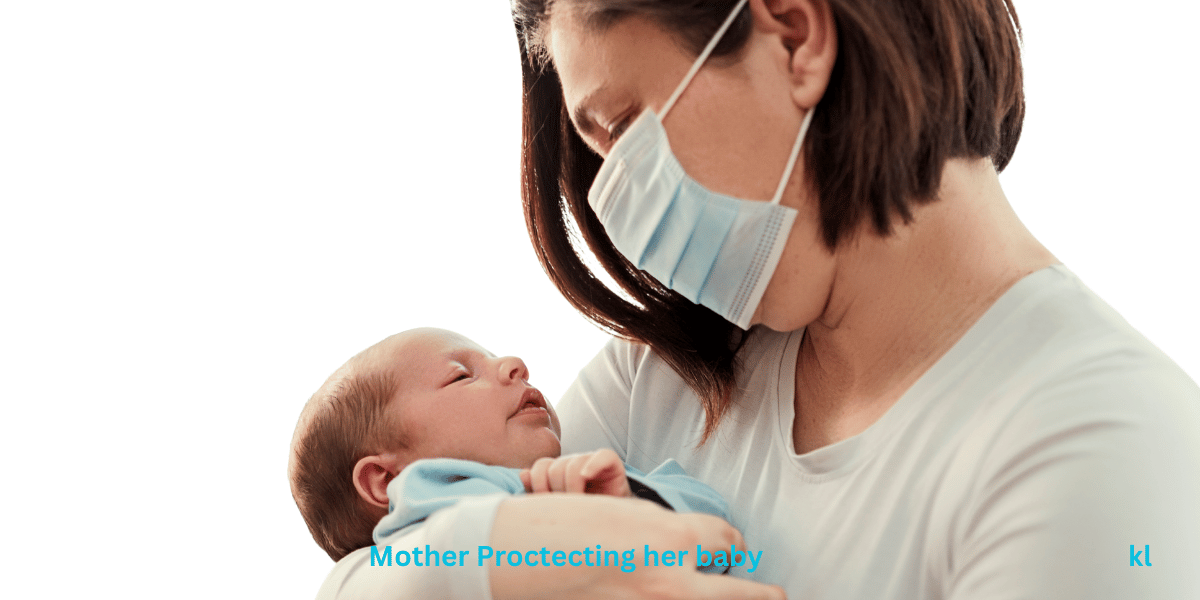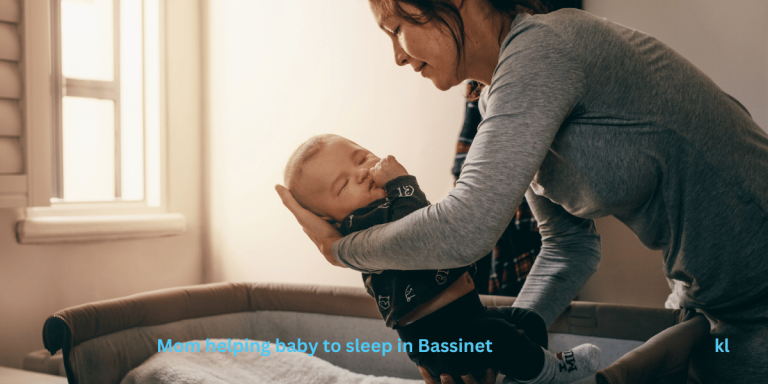As parents, keeping our little ones safe from illnesses is a top priority, especially regarding respiratory viruses like HMPV (human metapneumovirus).
HMPV is a common virus that can cause cold-like symptoms, but it can sometimes lead to more severe respiratory issues in babies. According to NLM, The rate of HMPV-associated hospitalizations is highest for infants 0–5 months old.
The good news? With the right precautions, you can significantly reduce your baby’s risk of getting sick.
Let’s explore what HMPV is, how it spreads, and the Expert-Backed Measures to Keep Babies Safe from HMPV.
- What Is HMPV and Why Is It a Concern for Babies?
- Common Symptoms of HMPV in Babies
- How HMPV Spreads and How to Reduce Exposure
- Expert-Backed Preventive Measures for HMPV
- Supporting Your Baby’s Immune System Naturally
- Treatment Options and Managing HMPV Symptoms at Home
- Special Considerations for High-Risk Babies
- When to Seek Professional Help
What Is HMPV and Why Is It a Concern for Babies?
HMPV is a respiratory virus that primarily affects the lungs and airways. For adults, it might feel like a mild cold, but for babies, infants, and young children, it can lead to severe respiratory issues.
Think coughing, wheezing, and, in some cases, difficulty breathing. Scary stuff, right?
How HMPV Affects Babies’ Respiratory Health
Babies’ respiratory systems are still developing, which makes them extra sensitive to illnesses like HMPV. Unlike adults, who have stronger immune systems, babies have a harder time fighting off respiratory viruses.
That’s why symptoms like nasal congestion and a mild cough in adults can quickly escalate to more severe conditions in babies and infants, like bronchiolitis or pneumonia.
A pediatrician once told me that HMPV is one of the leading causes of respiratory infections in young kids during colder months. It’s a big reason why parents are encouraged to monitor their baby’s breathing closely when they’re sick.
The tricky part? HMPV symptoms often overlap with other respiratory illnesses, like RSV (respiratory syncytial virus). While both viruses can cause similar issues—coughing, difficulty breathing, and fever—RSV is more well-known.
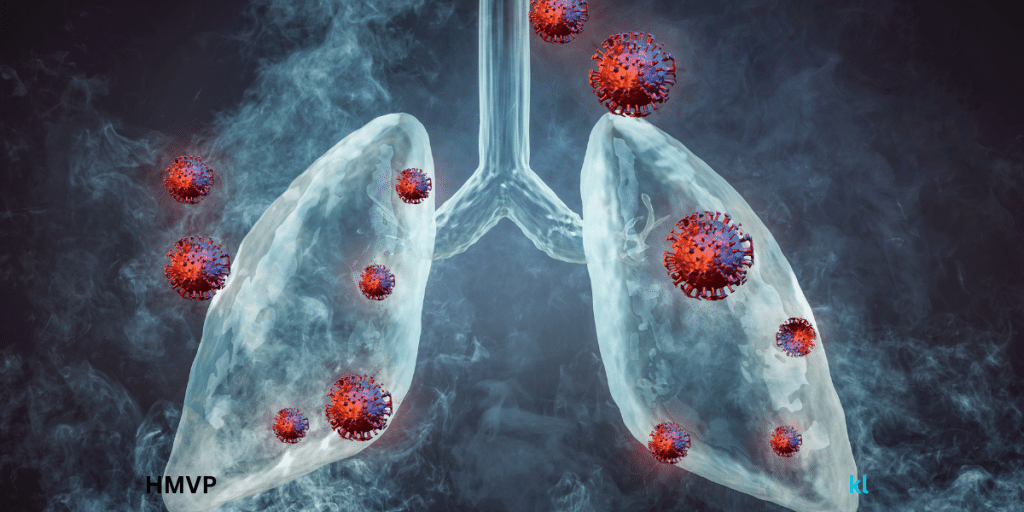
But here’s the kicker: HMPV often flies under the radar because it’s less commonly tested for. That’s why understanding HMPV and babies is so important.
Why Babies and Young Children Are More Vulnerable
Now, let’s talk about why our little ones are more at risk. First off, their immune systems aren’t fully developed yet, which makes it easier for viruses like HMPV to take hold.
Secondly, babies’ airways are smaller, so even a little inflammation or mucus buildup can make it harder for them to breathe. I remember how anxious I felt the first time my baby had a cold—it’s tough seeing them struggle, even if it’s something minor.
Other risk factors include being around sick siblings or attending daycare, where respiratory viruses in babies can spread like wildfire.
Premature infants and babies with underlying conditions, like asthma or congenital heart disease, are especially vulnerable to HMPV. These kids may experience more severe symptoms, so extra precautions are a must.
Understanding how HMPV differs from other illnesses, like RSV, is also key to spotting it early. While RSV has its own set of risks, HMPV tends to show up in late winter or early spring, overlapping with cold and flu season. Knowing the patterns can help you stay one step ahead.
Common Symptoms of HMPV in Babies
In the early stages, HMPV in babies might look like nothing more than a mild cold. Your little one could have a runny nose, a slight fever, or a persistent cough.
Wheezing is another early sign, especially if their breathing starts to sound a bit raspy or labored. While these symptoms might not seem alarming at first, they’re worth monitoring closely.
I remember the first time my baby had what seemed like an innocent sniffle. Within a day or two, it progressed to a constant cough that kept her (and us!) up all night. It’s easy to dismiss these as part of normal baby colds, but when coupled with wheezing or fussiness, it could be more serious.
Severe Symptoms to Watch For
Sometimes, HMPV symptoms in infants can escalate, leading to more severe respiratory distress. These are the red flags every parent should know:
- Difficulty Breathing: If your baby is breathing faster than normal, their nostrils are flaring, or you notice their chest sinking in with each breath, this could signal serious respiratory distress.
- Lethargy: Babies are naturally sleepy, but extreme tiredness or a lack of responsiveness is a major warning sign.
- Dehydration: Look out for fewer wet diapers than usual, dry lips, or a sunken soft spot on your baby’s head.
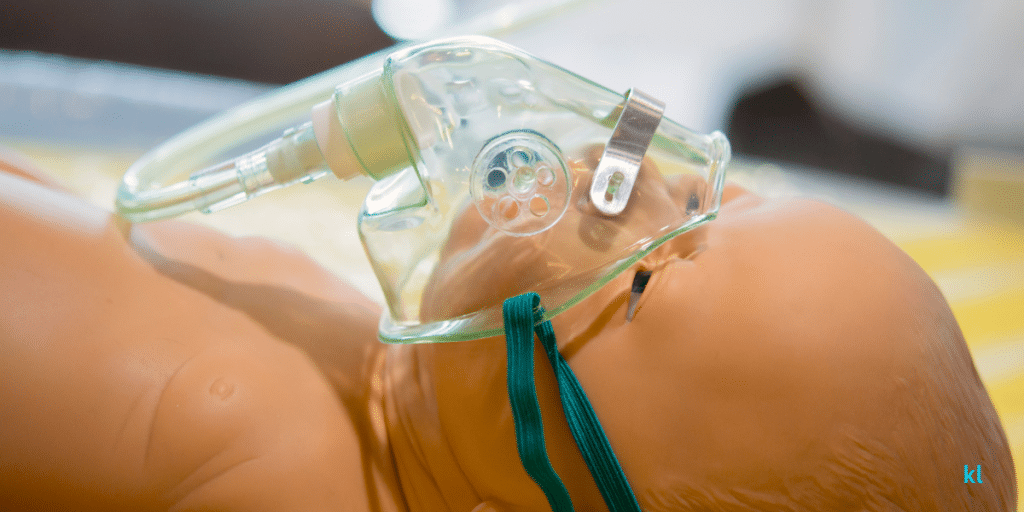
Remember, early detection and action are key, so keep an eye on the causes of baby cough and wheezing.
How HMPV Spreads and How to Reduce Exposure
HMPV primarily spreads through respiratory droplets released when an infected person coughs, sneezes, or talks.
Babies, being naturally close to parents and caregivers, are especially at risk of exposure to these droplets.
Close contact—like cuddling, kissing, or sharing utensils—also makes transmission more likely. Another sneaky culprit? Contaminated surfaces.
Viruses like HMPV can survive on high-touch surfaces such as toys, crib railings, and countertops, making it easy for little hands to pick them up and transfer them to their mouths.
It’s sobering to realize how quickly germs can travel. I once caught myself wiping my baby’s runny nose with my hand (oops!), only to touch a pacifier right after. That’s when I realized how easily viruses could spread in our homes.
Expert-Backed Preventive Measures for HMPV
Protecting your baby from human metapneumovirus (HMPV) might seem like a daunting task, especially during the cold and flu season, but don’t worry—there are plenty of practical, expert-backed strategies to keep your little one safe and healthy.
- Avoid Crowded Places During Peak Seasons: One of the simplest ways to reduce your baby’s exposure to HMPV is to limit visits to crowded spaces during peak cold and flu season.
Places like shopping malls, daycare centers, and indoor play areas can be breeding grounds for respiratory viruses.
While it’s not always practical to avoid these entirely, planning outings during quieter times or keeping your baby in a stroller or carrier can help minimize contact.
I’ve learned the hard way that even a quick trip to the store can lead to a sniffly baby later. Now, I keep errands short and focus on keeping my little one cozy at home during the winter months.
- Vaccination for Older Siblings and Adults: Ensuring that older siblings and adults in the household stay up-to-date on vaccinations—like flu shots—can significantly reduce the spread of other respiratory illnesses that can weaken your baby’s immune system.
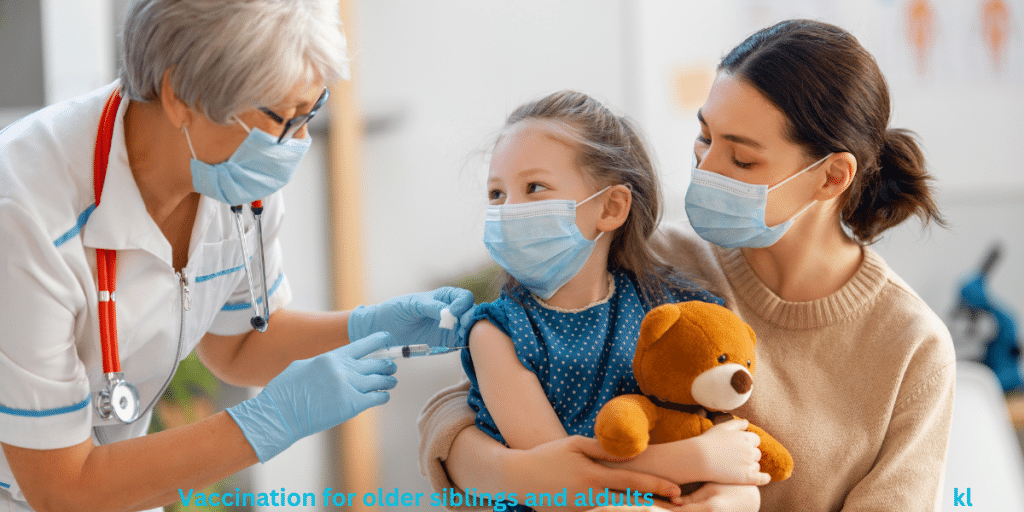
Vaccinated family members act as a protective shield, minimizing the chance of germs entering your home.
My pediatrician recommended we treat flu season as a family affair, so everyone in our household gets their flu shot. It’s one of the easiest ways to create a safer environment for my baby.
- Breastfeeding and Immunity Benefits: If you’re breastfeeding, know that you’re already giving your baby ultimate care and a strong layer of defense. Breast milk contains antibodies that help boost your baby’s immune system, making it more resilient against infections like HMPV.
This is particularly important in the early months when your baby’s immune system is still developing.
I remember being amazed when I learned how breast milk changes to meet your baby’s needs, even producing more immune-boosting properties if you or your baby are exposed to an illness. It felt empowering to know I was providing more than just nutrition.
- Use Safe Humidifiers and Maintain Wellness During Cold Season: Dry winter air can irritate your baby’s delicate nasal passages and make respiratory symptoms worse if they do get sick.
Using a safe humidifier for baby rooms can help maintain optimal moisture levels and support easier breathing. Choose a model designed for infants and clean it regularly to prevent mold and bacteria buildup.
Additionally, focus on baby cold and flu season precautions: dress your baby in layers to keep them warm but not overheated, and prioritize regular hand hygiene for everyone in the house. Small steps like these go a long way in keeping your baby healthy during winter.
- Teach Older Children Good Hygiene: Kids will be kids, but teaching your older children to cover their coughs and sneezes, wash their hands regularly, and avoid touching their faces can make a big difference.
Simple rules like sneezing into an elbow or using tissues can help prevent the spread of HMPV and other viruses.
Make it fun for them—my toddler loves singing the “ABC” song while washing her hands, and it’s become a game to see how many germs we can “wash away.”
- Cleaning Baby Toys and Surfaces: Babies explore their world with their mouths, which is why disinfecting their items is so important. For soft toys, use a washing machine with a baby-safe detergent.

Hard toys can be wiped with a solution of warm water and a mild disinfectant or vinegar. Pay special attention to high-touch surfaces like doorknobs, high chair trays, crib railings, and playpens.
I used to think a quick rinse under water was enough—until I saw how much dirt and grime toys could collect in just one day. Now, I’m diligent about a daily wipe-down routine.
Prevention isn’t just about avoiding illness—it’s about creating a clean and healthy environment where your baby can thrive. Remember, a little extra caution goes a long way in reducing the risk of respiratory infections in babies.
Supporting Your Baby’s Immune System Naturally
Your baby’s immune system is like a tiny, growing army—it takes time to build its strength! While their defenses are still developing, there are plenty of natural ways to support your baby’s health and keep their immunity strong.
Age-Appropriate Nutrition for Immunity
Nutrition plays a huge role in your baby’s immune system support. For newborns, breastfeeding is one of the best ways to deliver immune-boosting benefits, as breast milk is packed with antibodies and essential nutrients.
If you’re formula feeding, don’t worry—many formulas are fortified with vitamins and minerals to help support your baby’s development.
As your baby starts solids (usually around six months), focus on nutrient-rich foods like pureed fruits, vegetables, and whole grains.
Foods high in Vitamin C, like sweet potatoes and oranges, are especially helpful for boosting a baby’s immunity naturally. Don’t forget iron-rich foods, like spinach and lentils, which support healthy blood and energy levels.
Sleep and Hydration: The Unsung Heroes
Ensuring your baby gets enough sleep is just as important as what they eat. Sleep is when their little body does the hard work of repairing and growing, which is essential for a strong immune system.
For infants, this can mean 14–17 hours of sleep a day, including naps.
Hydration is another key factor in keeping your baby healthy. Babies can get dehydrated quickly, especially if they’re sick.
For infants, breast milk or formula is usually sufficient, while older babies can benefit from small sips of water alongside their regular feedings. Proper hydration also supports respiratory health, keeping those tiny nasal passages moist and clear.
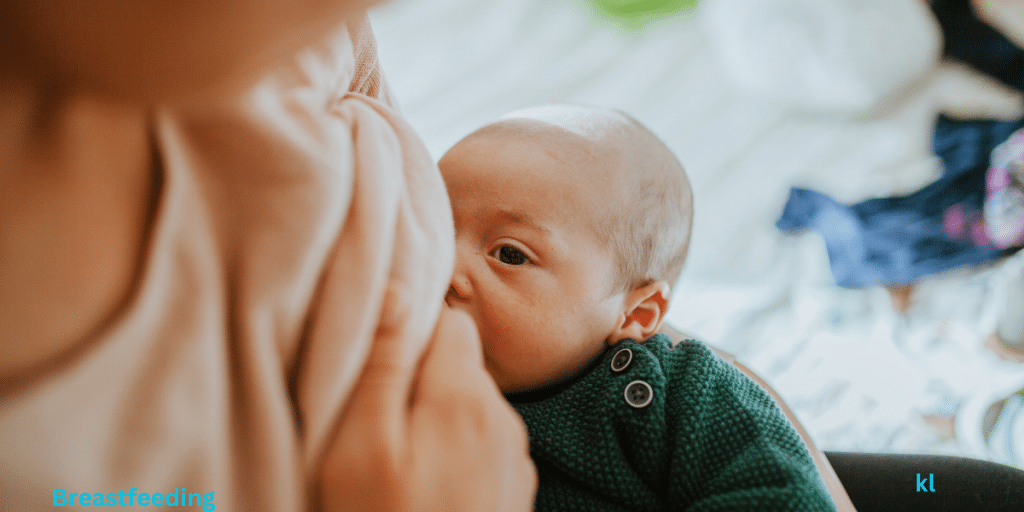
Probiotics for Gut and Immune Health
Did you know that much of your baby’s immune system resides in their gut? Probiotics, the good bacteria that support digestive health, can play a role in strengthening your baby’s immune response.
Foods like yogurt (for babies over six months) are a natural source of probiotics, but you can also explore pediatrician-approved probiotic supplements if needed.
My pediatrician suggested a probiotic drop when my baby was struggling with colic, and not only did it help her tummy, but I also noticed she seemed to stay healthier overall during the cold season.
Of course, always check with your doctor before introducing any supplements.
Treatment Options and Managing HMPV Symptoms at Home
While most cases of HMPV in babies are mild and manageable at home, it’s important to be prepared and informed.
Managing Mild Symptoms
When your baby is dealing with mild symptoms like a runny nose, cough, or low-grade fever, there are a few simple things you can do to help them feel more comfortable.
Hydration is key! Babies with HMPV can get dehydrated quickly, especially if they’re struggling to drink because of congestion.
Be sure to offer frequent, smaller feedings of breast milk, formula, or water (if they’re old enough). This will help keep them hydrated and support their immune system.
Rest is equally important for recovery. Make sure your baby has a cozy, quiet space to sleep, and let them nap as often as they need. It’s tempting to try to keep your baby entertained when they’re sick, but sometimes, rest is the best medicine.
I found that using a cool-mist humidifier helped clear up my baby’s congestion. The moisture in the air made it easier for her to breathe, and it helped her sleep better, too. Just be sure to clean the humidifier regularly to prevent mold buildup!

Avoiding Over-the-Counter Medications
As tempting as it might be to reach for over-the-counter (OTC) medications to treat your baby’s symptoms, many common cold and flu medicines are not safe for infants, especially those under 6 months.
OTC medications that treat congestion, cough, or fever often contain ingredients that aren’t appropriate for babies and can cause more harm than good.
Instead of relying on OTC meds, stick with natural remedies, like saline nasal drops and gentle suction with a bulb syringe to clear your baby’s nose.
These simple methods can do wonders in helping your baby breathe easier without the risks associated with medications.
Special Considerations for High-Risk Babies
When it comes to human metapneumovirus (HMPV), certain babies are more vulnerable due to their age, health, or developmental status.
High-risk infants, such as premature babies or those with underlying health conditions, need additional care and protection to reduce their chances of contracting respiratory infections like HMPV.
Identifying Factors That Increase HMPV Risk
While HMPV can affect any baby, certain factors can increase the risk of more severe illness or complications. Here are some of the most common risk factors:
- Prematurity: Premature infants, especially those born before 32 weeks, are more vulnerable to respiratory infections because their lungs and immune systems are still developing.
- Chronic lung disease: Babies with chronic lung disease (like bronchopulmonary dysplasia) are more likely to experience severe complications from HMPV.
- Congenital heart disease: Babies with heart defects may be at higher risk of respiratory issues, making HMPV potentially more dangerous for them.
- Weakened immune systems: Infants with conditions that affect their immune system, such as certain genetic disorders or those undergoing treatments like chemotherapy, are at higher risk for infections, including HMPV.
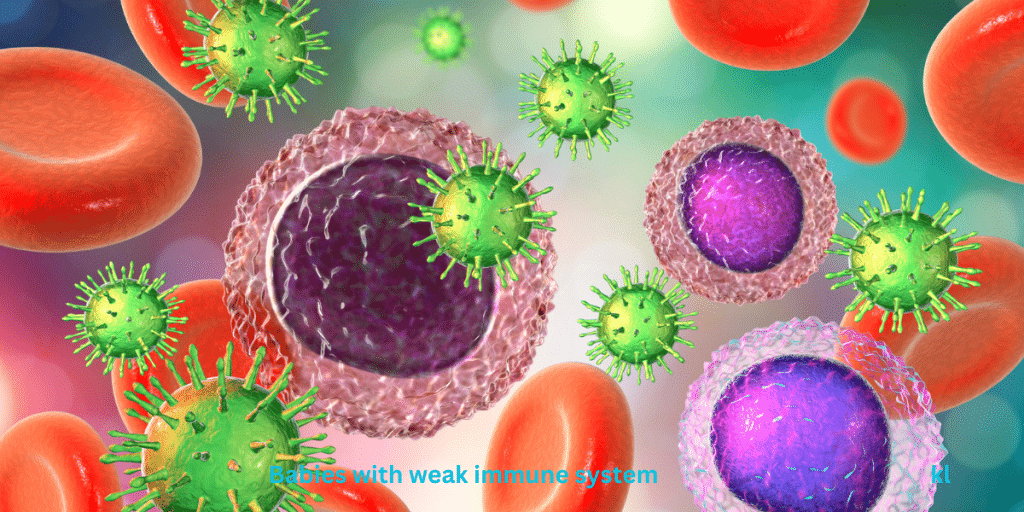
- Existing respiratory conditions: Babies with a history of asthma, cystic fibrosis, or other respiratory issues may experience exacerbated symptoms if they contract HMPV.
Guidelines for Babies with Underlying Health Conditions
For babies with chronic health conditions, the risks associated with HMPV can be more severe. Here’s what you should consider if your baby falls into this category:
- Work closely with your pediatrician: Talk to your healthcare provider about personalized preventive strategies for your baby. This could include adjusting your baby’s care plan, scheduling additional checkups, or implementing treatments to boost their immune function.
- Monitor closely for respiratory symptoms: If your baby has a history of respiratory issues, like asthma or lung disease, be on the lookout for signs of respiratory distress (such as wheezing, rapid breathing, or difficulty feeding).
- Vaccination for older siblings and caregivers: Ensure that everyone around your baby, especially siblings and caregivers, is up to date on their flu shots and other recommended vaccines. This helps reduce the likelihood of transmitting illnesses to your vulnerable infant.
- Consider specialized treatments or medications: In some cases, babies with underlying conditions may benefit from medications like palivizumab, which can help prevent severe respiratory infections in high-risk infants. Discuss these options with your pediatrician.
When to Seek Professional Help
As a parent, one of the most nerve-wracking experiences is not knowing when to seek professional help for your baby.
With HMPV, most cases are mild, but certain signs and symptoms should not be ignored. Knowing when to reach out for help can prevent your baby from experiencing severe complications.
Guidelines for Identifying Respiratory Distress
Respiratory distress in babies can be difficult to spot at first, but there are key signs to watch out for. Some early indicators that your baby may be struggling to breathe include:
- Rapid or labored breathing: If your baby’s breathing seems faster than usual or they are visibly working harder to breathe (their chest or belly moving excessively), this is a sign that something is off.
- Flared nostrils: When babies are having trouble getting enough air, their nostrils might flare open wider with each breath.
- Grunting: If your baby is making grunting noises while breathing, it may be a sign of respiratory distress, as they struggle to exhale properly.
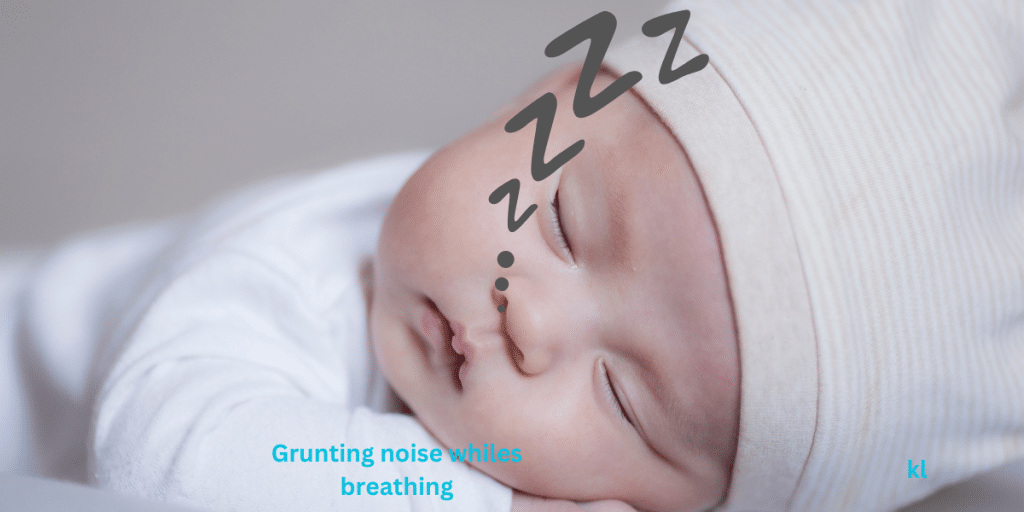
- Struggling to feed: Babies often suck harder or become frustrated when they can’t breathe easily during feedings, so if your baby is pulling away from the breast or bottle more frequently than normal, it could be related to breathing issues.
As soon as you notice any of these signs, it’s time to take action. Even if you’re unsure, don’t hesitate to contact your pediatrician. They can provide guidance on what to do next.
Preparing for a Visit to the Pediatrician or ER
When you’re on the way to the pediatrician or ER, try to stay calm but also be prepared to provide as much information as possible. Here’s a checklist of what to have ready:
- Feeding and hydration history: Let the doctor know how much your baby has been eating and if they’ve shown signs of dehydration.
- Symptom timeline: Be ready to describe when the symptoms started, how they have progressed, and whether anything has made them worse or better.
- Breathing patterns: If you’ve noticed any changes in your baby’s breathing, such as rapid or labored breathing, or any unusual noises, be sure to mention them.
- Temperature: Keep track of your baby’s fever (if they have one) and inform the doctor of any changes.
Protecting your baby from HMPV doesn’t have to be overwhelming! By implementing these Expert-Backed Measures to Keep Babies Safe from HMPV and staying vigilant about symptoms, you can significantly reduce your little one’s risk of infection.
Remember, early recognition and proper care make all the difference. Don’t hesitate to reach out to your pediatrician with any concerns – they’re there to help keep your baby healthy and happy!

